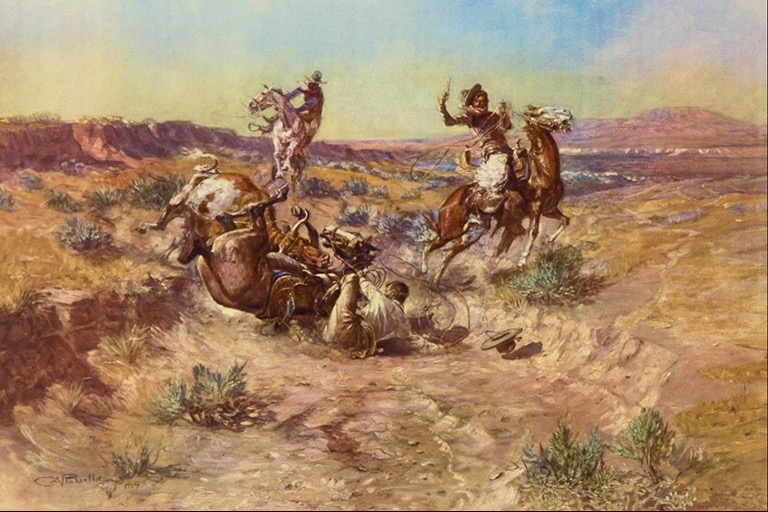
Every semester, classroom doors open for students who wish to study Art History. Ideally, they enroll in the class because they enjoy art and want to learn more about the subject. In reality, things are often slightly different.
Students may vote for Art History because this would give them extra credits, it’s the only selective class they can fit in their tight semester schedule, or they just have to take it due to some requirements of their major. Once they realize that getting a top grade isn’t a picnic in the park, students may start wondering why they decided to take this class in the first place. While it may not seem that obvious, Art History has a lot to offer even if you’re not going to bind your life with it.
Why studying Art History is a good idea?
For laymen, a picture is just a picture, a sculpture is just something made of rock, a play is just a fine sequence of words. For an art history student, it’s a perfect blend of circumstances of that time, emotions, soul cravings, beliefs, trends, whatnot – as every art piece has a story behind it.
For ancient cultures, art was the means to please their gods, drive away their foes, and convey their wisdom to future generations. In the times of the Italian Renaissance, this was a method to butter up the church and wealthy aristocracy. Koreans encrypted a vivid nationalistic message in their art that they didn’t want to be confused with Chinese footprints. While contemporary artists – with all their creativity and talent – make it clear that they still have bills to pay.
Whatever piece of art you take, there will be social, political, economic, religious, and personal reasons that urged the artist into its creation. And what can be more fascinating than unraveling this mystery?
Students may mistake Art History for something that studies only drawings, pictures, and perhaps, sculpture. But the subject’s area of research is much wider than that. It also includes cinematography, theater, photography, dancing, ceramics, woodcraft, architecture, weapons and armor, and everything else where people could apply their creativity and original style. If there’s something worth devoting your time to, then it’s the wealth of beautiful things our ancestors played their hand in.
We’ve mentioned before that an Art History course is not a walk in the park. It takes you more than echoing memorized ideas from a textbook. Throughout the course, you’ll have plenty of opportunities to show off your skills as a researcher, analytic, and seasoned writer. Essays will become your normal way of communicating thoughts and ideas and you’ll get to write an art history paper more than once. These assignments will require perfect grammar, good command over different writing styles, and knowledge of how to cite resources – the skills, which will be useful wherever you decide to grow. If need be you can even get
Additionally, any art piece is a visual representation of the social, political, economic, and cultural situation of the time and epoch. Not only will you get to know the history, but also have a good grasp of many other areas – necessary for both professional development and conscious daily life.
History repeats itself, so does art history. A lot of elements of the past are now used in fashion, interior design, modern art, as well as in video games, the film industry, music, you name it. Whether you have intentions to connect your life with art or not, the knowledge of art history can give you a truckload of valuable insights that can be further applied in your carrier or daily life.
As we jump deeper into emotional marketing, business survival depends largely on whether it can reach the audience’s hearts and minds or not. Whether you make dresses, teach languages, or produce metal beams, the aesthetic side of it matters. When technical skills make you an excellent professional, a knack for art helps you wrap your product into an appealing shell. So whatever field you choose, you’ll have a set of skills to make your business attractive.
Every single human being is the product of their ancestors’ decisions, choices, songs, writings, and dreams. It’s in our nature to want to learn about the past, where we come from, and what made us people who we are today. We need to know why these poems were written, the pictures were painted, and songs sang.
Studying Art History lets you take a sneak peek behind the scenes of the world’s life over a span of centuries, learn more about your own culture, language, traditions, and even mentality. Furthermore, it develops cultural awareness and sensitivity, fosters better communication skills, social adaptivity, and resilience.
If you’re expecting to get an easy A, studying this class might not be a good idea. As it will require a lot of effort, commitment, and yes – enthusiasm.
However, if you want to develop a good taste, learn forever-relevant skills, and get priceless insights, Art History is the best in the niche. Besides, exploring the beauties is a truly absorbing pastime.